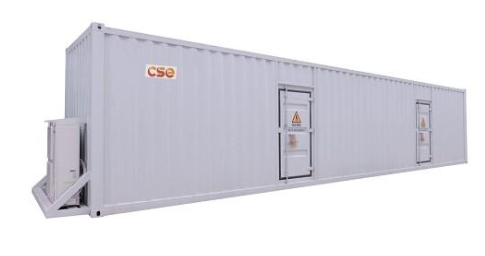
Source-Grid-Load-Storage (SGLS) is a novel coordinated operational model for energy and power systems. It aims to build a flexible, efficient, and clean modern power system by integrating energy production, transmission, consumption, and storage. This concept represents a key solution to challenges such as large-scale renewable energy integration and dynamic power supply-demand balance amid the global energy transition.
Source (Power Generation)
Refers to power producers, including conventional sources (thermal, hydro, nuclear) and renewables (wind, solar, biomass).
Trend: Increasing share of renewables, emphasizing "multi-energy complementarity" (e.g., integrated wind-solar-storage) to reduce carbon emissions.
Grid (Power Network)
Covers transmission/distribution networks and smart dispatch systems.
Core task: Enable efficient power delivery, dynamic regulation, and cross-regional resource optimization, adapting to renewable intermittency.
Load (Power Consumption)
Includes industrial, commercial, residential users, and new loads like electric vehicles.
Key shift: Transition from "rigid loads" to "flexible loads," actively participating in grid regulation via demand response (DR).
Storage (Energy Storage)
Technologies include physical storage (pumped hydro), electrochemical storage (lithium-ion batteries), and hydrogen storage.
Core role: Smooth renewable fluctuations, shift peak loads, provide backup capacity, and enhance system flexibility.
Deep synergy enabled by digitalization and smart technologies:
Source-Load Interaction
Coordinated forecasting of renewable output and load demand to optimize generation scheduling.
Example: Guiding EV charging during peak solar generation.
Grid-Storage Synergy
Storage supports grid frequency/voltage regulation, relieves congestion, and improves stability.
Example: Rapid power backup during grid faults.
Load-Storage Coordination
User-side storage and flexible loads participate in electricity markets or demand response.
Example: Factories charge storage during low-price periods and discharge during peaks to cut costs.
System-Wide Optimization
Technologies like virtual power plants (VPPs) and energy internet aggregate distributed resources for cross-regional SGLS coordination.

Boosts Renewable Integration
Reduces wind/solar curtailment and increases renewable penetration via storage and flexible loads.
Enhances Grid Resilience
Ensures reliability during extreme weather or load surges.
Reduces Energy Costs
Optimizes resource allocation, decreases fossil fuel reliance, and enables market efficiency.
Supports "Dual Carbon" Goals
Accelerates clean, low-carbon energy transition for carbon neutrality.
Microgrids: Campus-level SGLS integration for local self-balancing.
Virtual Power Plants (VPPs): Aggregate distributed resources for grid dispatch.
Integrated Energy Systems: Couple electricity, heat, and gas for higher efficiency.
SGLS facilitates a paradigm shift from "generation-following-load" to "source-load interaction" through technological convergence and institutional innovation. It serves as the core framework for building new power systems and a critical pathway for global energy transition.
Would you like details on a specific application for energy storage device? sales@yt-electric.com
Subscribe to us to enjoy event prices and get some of the best prices.
 IPv6 network supported
IPv6 network supported

